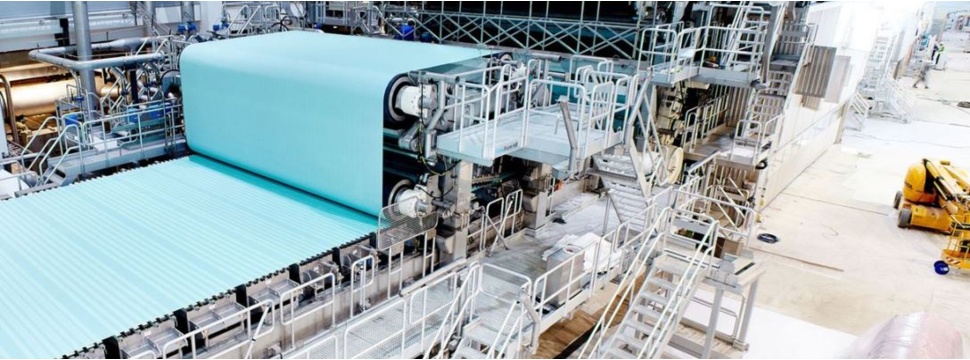Alarm call of the paper mills
News General news
Austria's paper mills are caught in a vicious circle due to the rapidly growing global prices for raw materials and energy, which has already led to irritations in the printing industry. Therefore, the paper industry underlines its long-standing demand for measures to secure locations with reliable and competitive raw material and energy costs.

"We are a pawn in global developments," says Gabriele Herzog as Managing Director of Austropapier, the Association of the Austrian Paper Industry. On the one hand, we try to achieve understanding in talks with the printing industry and on the other hand to explain the tricky situation to the general public: "The enormous upswing from the Corona crisis leads to considerable problems in the industry's production chains. There are also price explosions and supply bottlenecks for paper and print." This is because waste paper, pulp and gas are in short supply. On top of that, electricity prices are at all-time highs.
With the end of many Corona measures in early summer, demand for paper also increased - not only in packaging but also in print media. This jerky pick-up in the economy has thrown the entire supply chain unusually out of balance. The concertina effect runs through all links of the value chain. Herzog cites examples: "The high demand from print customers leads to emptied warehouses in the printing plants, at the dealers and the paper mills. These in turn get pulp and waste paper only at a high price, if at all. Moreover, the audible jolt in the paper chain is exacerbated by bottlenecks in logistics."
This volume trend, which has been building up since spring, is now being joined by a cost surge at an alarming rate. Increased demand for paper also leads to increased demand for raw materials, energy and labour. Almost all factors are currently experiencing cost increases. Currently, the focus is on gas and electricity prices, which have tripled within a few weeks and increased by 60 per cent, respectively. With annual purchases of around 600 million cubic metres, this is a particularly threatening situation for plants that are dependent on gas.
Common contract modalities also contribute to the problem. For many products and important customers, supply and price contracts are valid for one year. On the other hand, additional energy contracts are agreed at short notice, at prices that are updated daily. So some plants currently have supply obligations at horrendous purchase prices. Every business student learns that companies whose variable costs are higher than their revenues soon run into big problems.










